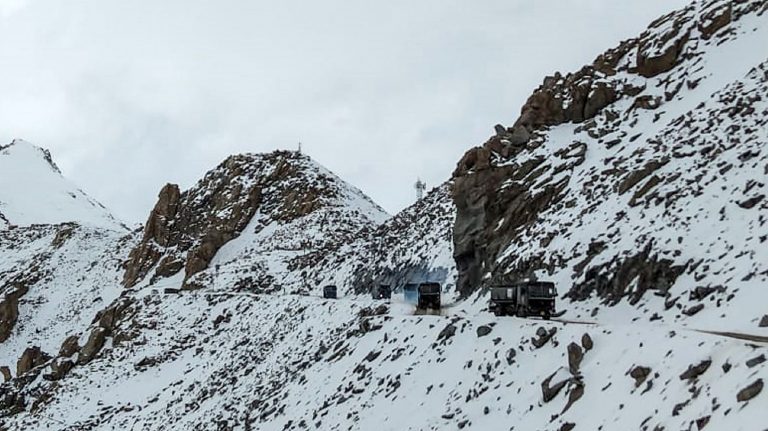
SOURCE: THE PRINT
The eighth round of Corps Commander-level talks between India and China were held on 6 November at Chushul. After the talks, both sides gave per-functionary diplomatic statements of having had candid discussions on disengagement and to carry the process forward as per the consensus reached between the leaders of the two countries. Prior to this development, it was presumed that status quo would continue indefinitely.
Since India secured the dominating heights on the Kailash Range on the night of 29/30 August, during the sixth and seventh round of military talks, the People’s Liberation Army (PLA) had been persistent that disengagement must begin with our withdrawal from the Kailash Range because India has ‘altered the status quo’. Beijing remained ambiguous with respect to disengagement in the Depsang Plains and north of Pangong Tso, claiming that it has merely secured its own territory up to the 1959 Claim Line.
But India rightly said that it has never recognised the 1959 Claim Line and that it is China that has unilaterally altered the status of the Line of Actual Control (LAC) and violated the 1993 agreement. On the Kailash Range, India has only moved up to the LAC to preempt the People’s Liberation Army’s (PLA) planning to alter the status quo. India further insisted on an all-encompassing status quo ante agreement.
In new ‘agreement’, China eyeing Kailash Range
In a surprise development on 11 November, the media was agog with speculative reports citing “reliable sources”— read government/military unofficial briefings — that an ‘agreement’ had been reached for disengagement along the Kailash range and north of Pangong Tso during the eighth round of talks.
It seems that it is a quid pro quo agreement for the PLA to withdraw east of Finger 8 (north of Pangong Tso) and us withdrawing from the Kailash Range. North of Pangong Tso, we would withdraw to Dhan Singh Thapa post, west of Finger 3. Between Finger 3 and Finger 8, there would be a buffer zone where no deployment or patrolling would take place. Along the Kailash Range, the PLA would vacate Black Top and other positions on the Kailash range with us doing the same. It is presumed that the entire Kailash Range would be a buffer zone. The disengagement would be carried out in three phases and could begin as early as Diwali.
However, there is no mention of any disengagement in the Depsang Plains. The sources hinted that it was a pre-Modi era problem. While this is not the case, in my view, we seem to have agreed to a huge buffer zone on our side of the LAC where we will not deploy (we never did) or patrol.
It is pertinent to mention that all buffer zones which are likely to be created are on our side of the LAC, denying us the right to patrol, deploy or develop infrastructure, which we had up to April 2020. Given the yawning differential between the military capabilities in China’s favour, this kind of an agreement was inevitable. In fact, I have been advocating the same up to end August. Once we seized the Kailash Range, the situation had changed and we should have insisted on status quo ante April 2020.
Kialash Range and 1959 Claim Line
Kailash Range is one area where the alignment of the 1959 Claim Line offers a major strategic advantage to India, and for the first time since 1962, we are holding it in strength. This, negates the strategic advantage the PLA had gained due to its preemptive operations in the Depsang Plains, Hot Springs-Gogra and north of Pangong Tso.
Even in 1962, both sides fought for the control of the Kailash Range. By 27 October, China had reached its 1959 Claim Line in all sectors. However, it did not want to give us the advantage of holding on to the Kailash Range. The 1959 Claim Line passes over the crest of the Kailash Range, except in the area of Black Top that is to its east. China could still claim that it had not violated its Claim Line. On 24 October 1962, Radio Peking announced that in eastern Ladakh, Chushul was the next objective.
In 1962, the Army psychologically collapsed and abandoned the Kailash Range and Chushul Sector when, militarily, there was no need to do so. I analyse the circumstances of our withdrawal from the Kailash Range and Chushul in 1962 and why we must not withdraw from it now.






